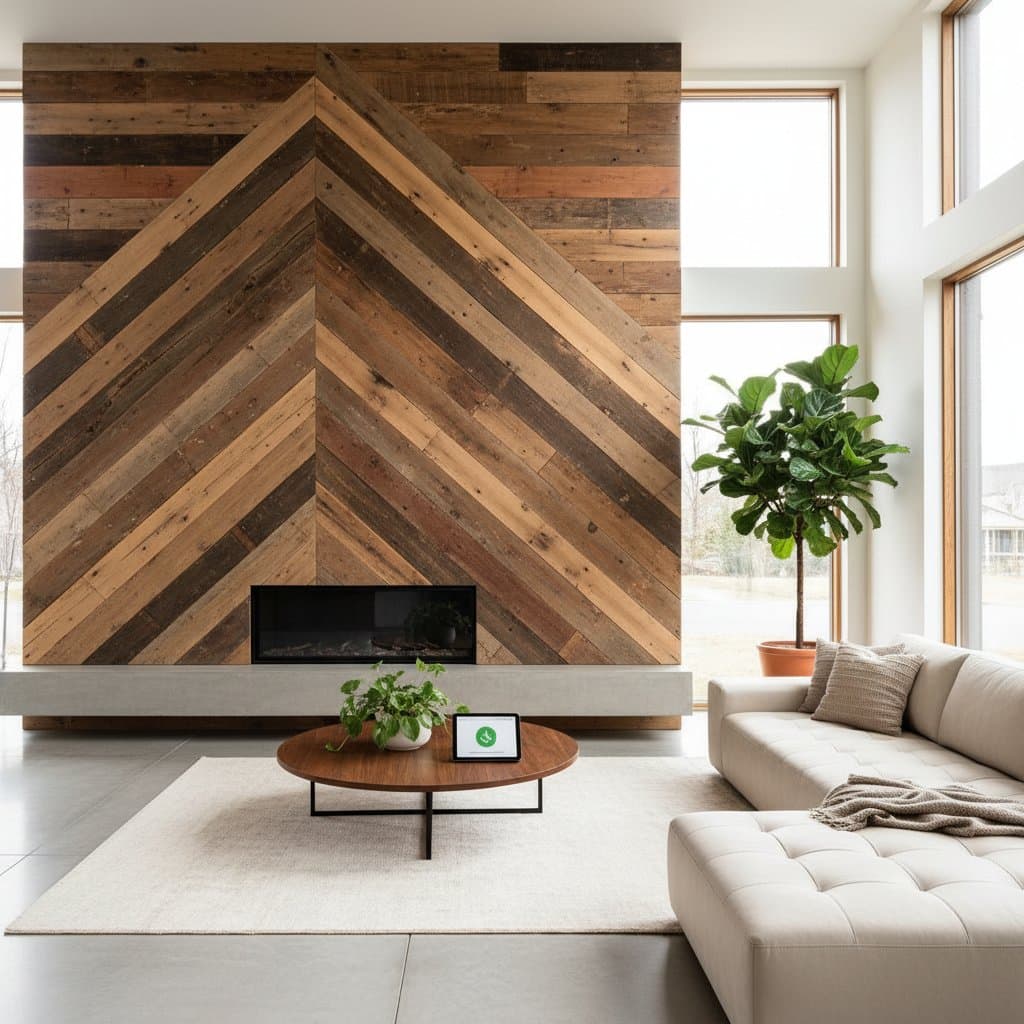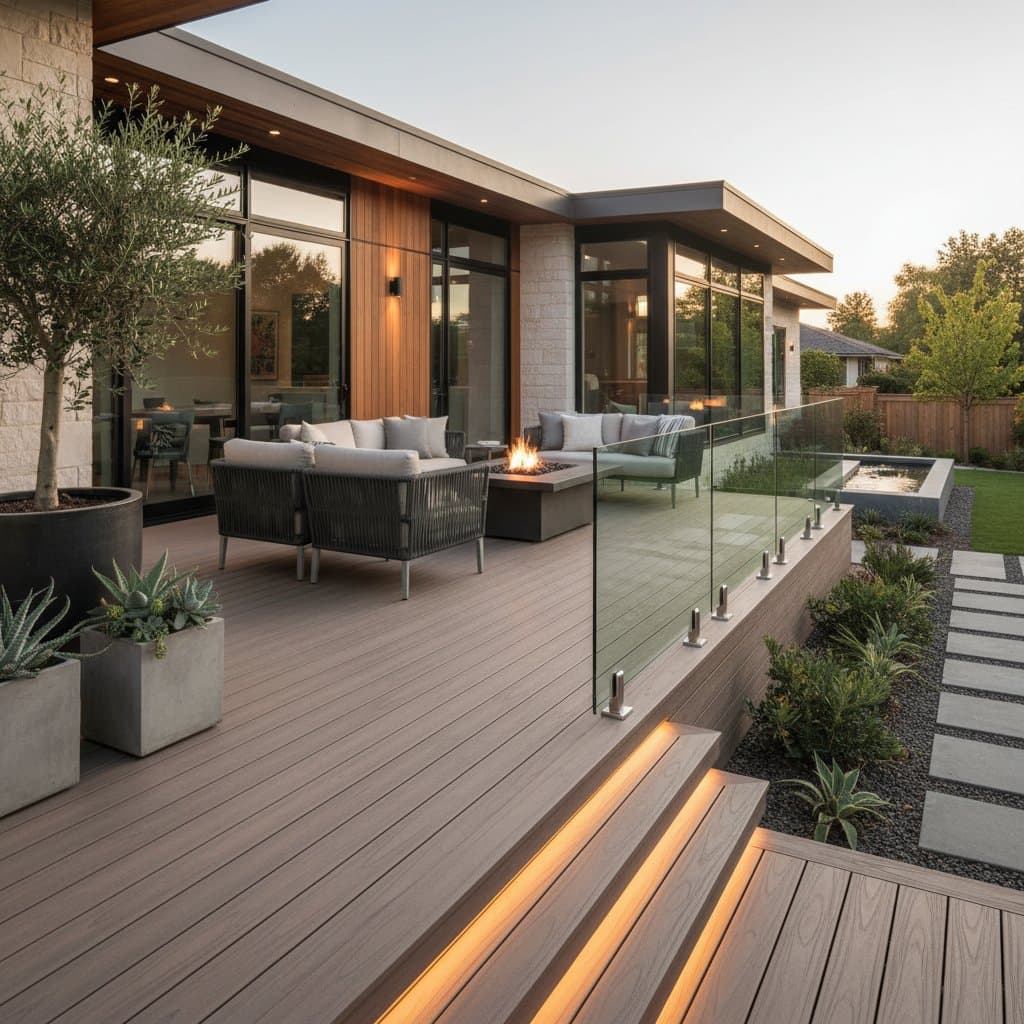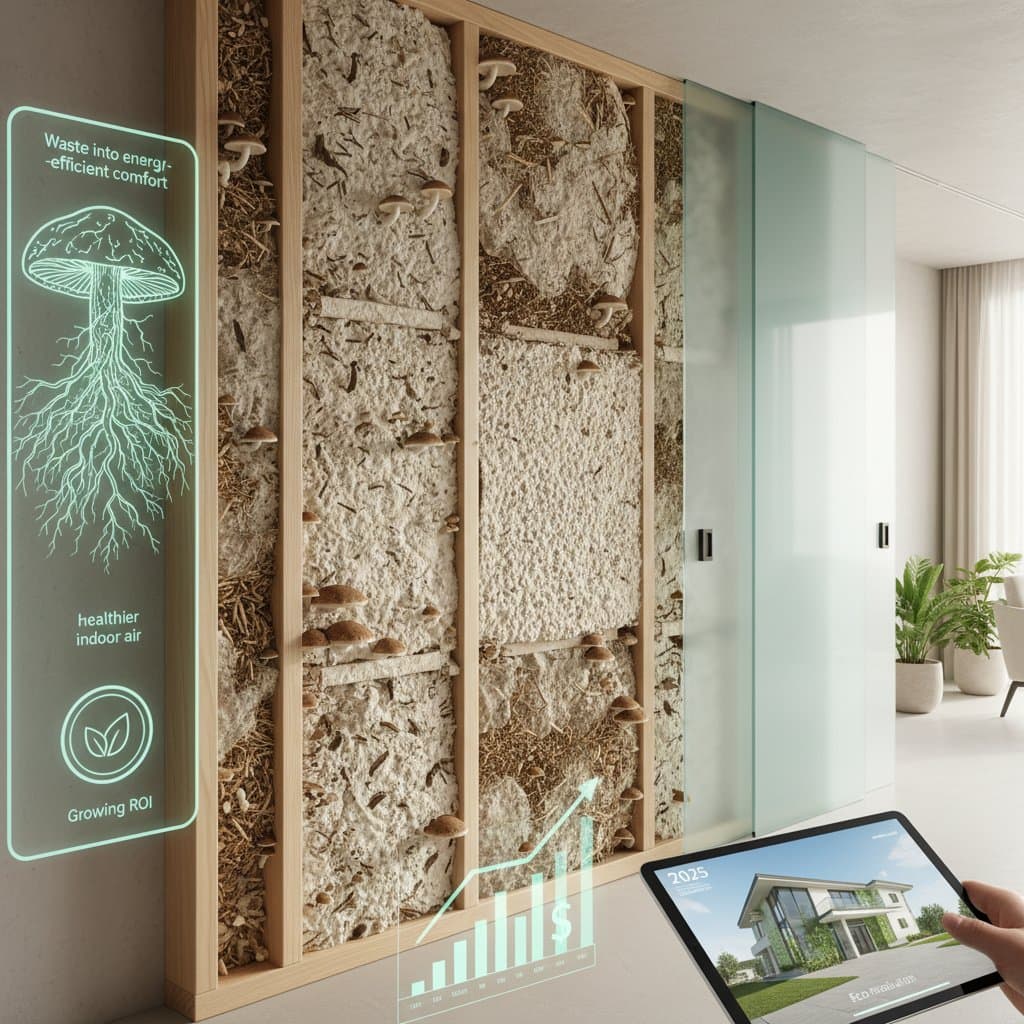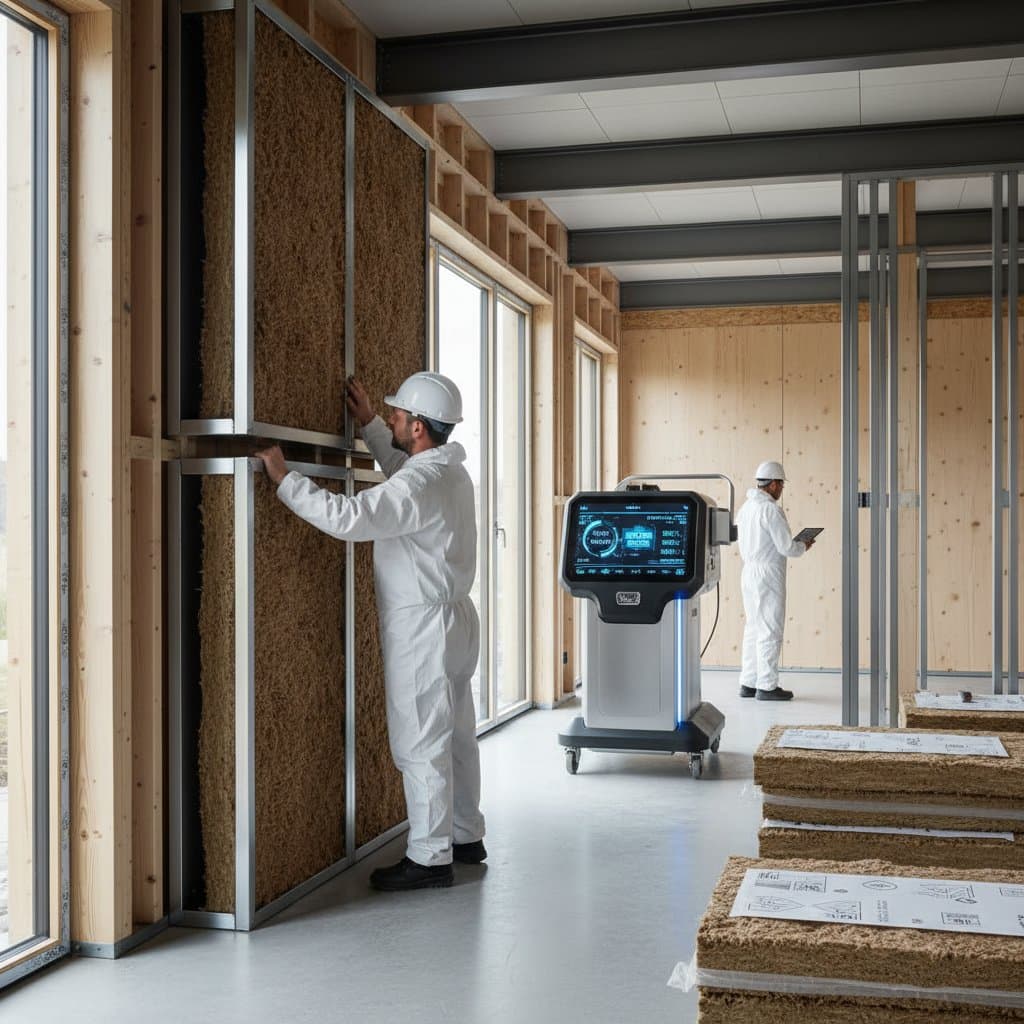Key Points
- Reclaimed wood walls provide visual warmth alongside quantifiable sustainability advantages.
- Material expenses range from 4 to 15 dollars per square foot, with long-term returns frequently surpassing 70 percent through resale gains and lower upkeep costs.
- Effective sourcing, installation, and finishing influence aesthetics as well as environmental integrity.
- This approach accommodates diverse budgets, spanning simple DIY accent walls to comprehensive architectural installations.
The Appeal of Authenticity and Responsibility
Homeowners often seek ways to infuse spaces with genuine character without excessive expenditure or resource use. Reclaimed wood walls address this need effectively. They deliver the comforting touch of natural elements and narrate a tale of reuse and ingenuity. Regardless of whether the setting is a sleek urban loft or a rural cottage, the attraction proves instant. Texture, warmth, and evident artistry emerge, all while diminishing the ecological impact of renovations.
The Current Relevance of Reclaimed Wood
Sustainability has evolved beyond optional status. It functions as a fiscal approach that shields against escalating material prices and anticipates regulatory demands. Reclaimed wood lessens the need for fresh timber harvesting, thereby lowering carbon outputs and waste. Every plank signifies energy savings from avoided processing, drying, and shipping of virgin materials. Such choices yield concrete ecological gains and may qualify initiatives for incentives in green construction programs that favor reuse and minimal embodied energy.
Market dynamics further underscore the value of reclaimed surfaces. They reliably elevate the perceived worth of properties. Prospective buyers now favor elements with genuine histories, and a reclaimed wall signals refined taste alongside ethical awareness. Real estate professionals note that eco-material enhancements can increase property prices by 3 to 7 percent, contingent on execution quality and harmony with the broader aesthetic.
Analyzing Expenses, Returns, and Practical Outlook
Pricing for materials hinges on species, origin, and treatment. Everyday options such as pine or oak remain economical, whereas exotic hardwoods or vintage barn timbers incur steeper costs. Anticipate 4 to 15 dollars per square foot for raw materials, plus 3 to 8 dollars per square foot for expert labor. Although these figures surpass those for fresh paneling, the eventual benefits typically offset the premium.
Primary factors driving value encompass:
- Durability: Reclaimed wood has weathered years of exposure, rendering it resistant to distortion or contraction.
- Reduced upkeep: Sealed properly, these boards withstand wear and demand infrequent touch-ups.
- Enduring style: Patinated wood retains classic allure, outlasting fleeting decor trends.
Evaluated as a sustained asset, reclaimed wood walls generate returns of 60 to 80 percent, especially in regions valuing eco-conscious or heritage-inspired designs.
Essential Technical and Ecological Factors
Prior to fitting, confirm that the wood undergoes kiln drying or pest treatment. Trustworthy providers furnish records verifying absence of toxic coatings or contaminants. Seek endorsements from established reclamation organizations that monitor provenance and uphold eco-standards.
In indoor applications, manage humidity diligently. Acclimate pieces in the installation area for multiple days to avert swelling or shrinkage. Install vapor barriers in damp zones such as bathrooms, and apply low-VOC sealants to preserve air purity.
Expert recommendation: Blend planks from varied sources to achieve an organic appearance and curb excess. Subtle differences in hue and pattern enrich the visual narrative beyond monotonous uniformity.
Incorporating Reclaimed Wood into Design
Reclaimed wood adapts seamlessly to multiple styles. Within sparse environments, one feature wall tempers stark edges and infuses natural coziness. In rugged or factory-inspired spaces, extensive application fosters depth and veracity. Combine with subdued metal accents or sleek stone for equilibrium that feels contemporary yet rooted.
Innovative contractors repurpose surplus boards into shelves, bed frames, or door panels. This cohesion amplifies the thematic thread and approaches zero waste. For constrained funds, deploy as baseboard panels or overhead linings to maximize effect with modest quantities.
Advantages for Health and Well-Being
Reclaimed wood extends beyond visual appeal to support healthier interiors. Organic substances balance ambient moisture and stabilize temperatures via inherent mass. The intricate patina aligns with biophilic concepts, forging links to the outdoors that correlate with reduced anxiety and sharper mental acuity.
Eco-friendly coatings and safe bonding agents bolster air standards. Paired with sufficient airflow and daylight, these selections cultivate serene, invigorating homes.
Ethical Sourcing Practices
True sustainability requires clear supply origins. Inquire with vendors about material histories. Specialized outlets focus on recoveries from outdated barns, shuttered plants, or transport containers. Certain operations issue provenance documents detailing original sites or locales. Such openness validates genuineness and bolsters project narratives.
For self-guided procurement, explore demolition sites or digital platforms for bargains. Examine thoroughly for fasteners, pollutants, or flaws prior to acquisition. When uncertain, engage a skilled workshop for smoothing and decontamination.
Funding and Implementation Strategies
Sustainable enhancements thrive with prudent budgeting. Opt for phased rollouts to distribute expenses or integrate with efficiency upgrades. Financial institutions sometimes view eco-materials as value boosters, aiding access to advantageous loan conditions for overhauls.
Allocate 10 percent extra beyond baseline projections for fluctuations in supply, trimming losses, and treatment needs. This margin avoids on-site adjustments and upholds uniform excellence.
Steps to Realize Your Project
Transition from concept to execution by clarifying objectives. Determine priorities such as ecological influence, visual renewal, or asset appreciation.
For preservation, wipe surfaces periodically with soft fabrics and steer clear of abrasive cleaners that erode inherent patina. Address minor marks through light abrasion and sparse finish renewal to revive appearance.
Reclaimed wood embodies more than decorative choice. It manifests intentional habitation, intertwining legacy, skill, and stewardship.







